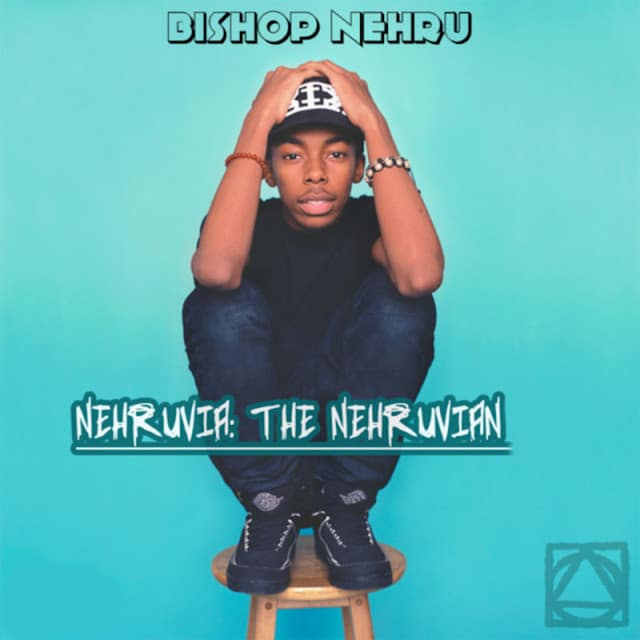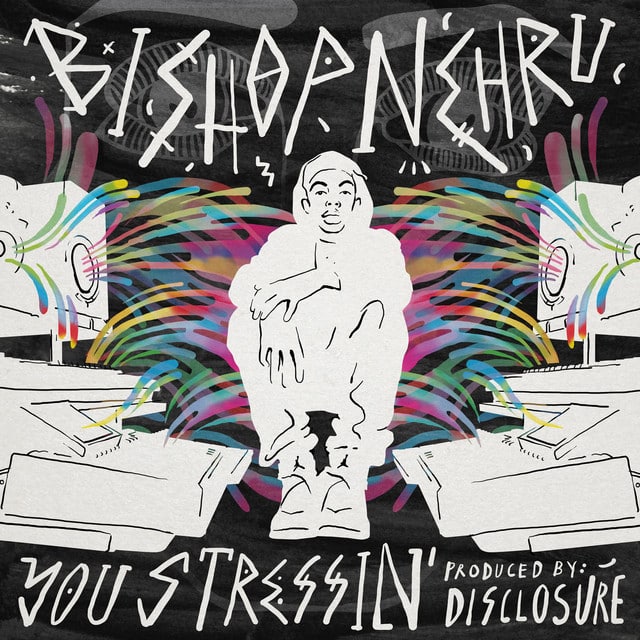Released: 2012
The track “Y.E.T” by Bishop Nehru taps into the all-too-relatable vein of unrequited love and digital-age desire. Through a series of candid reflections, the song captures the heartache of longing for someone whose attention seems perpetually out of reach. The artist expresses a deep-seated infatuation that’s only been amplified by social media’s cruel mirage of connectivity.
Breaking this down, Nehru begins by painting the picture of an online obsession — seeing a particular face while scrolling through Instagram. There’s a sense of desperation and hopefulness, as he reveals a longing for this person’s love, despite recognizing their apparent disinterest. The modern woes of online love are palpable here — a digital crush that could resonate with many in the swipe-right era of romance.
The mention of a smile that causes starstruck awe adds a sweet but somber touch, likening his affection to a profound celebrity admiration. The phrase “im your bud and your rudy” could be a nod to an intimate friendship, hoping it could blossom into something more, or it might be steeped in pop culture references — think of the underdog story of “Rudy” in film or “bud” as in companionship. Calling her his “ruby” is a play on words, with “gemnist” suggesting a gem-like quality that’s one-of-a-kind, while also hinting at the astrological sign Gemini in a clever turn of phrase.
Nehru digs deeper into the melancholy with lines about being unnoticed despite his longing — falling on deaf ears, essentially. There’s an underlying hope that eventually, she’ll recognize his pain and the obsessive degree to which he thinks about her. He grapples with the cliché that there are “more fish in the sea,” highlighting his fixation and inability to move on.
The narrative then grounds itself in a specific memory — a night spent together smoking outside. The use of “rolled through” could dual-mean his arrival and the act of preparing a cigarette or joint. The playful reference to a “L” hitting her lips stands for a blunt, implying a shared moment of vulnerability. His desire to play Casanova, a character known for his romantic prowess, contrasts with the sobering reality of crashing on the sofa, emotionally distant despite the physical closeness.
The lyrics reveal his awareness of the slim chances he has — needing a stroke of luck akin to finding a “green clover” to win her affection. The dream sequences, where his subconscious gets to live out his romantic fantasies, betray his torment; he dreads the dawn that ends the illusion. Nehru also touches on communication barriers, wishing for more conversation, and addressing an apparent fear she harbors. He insists on his earnest intentions and references the Notorious B.I.G., suggesting that everyone deserves a second chance — just like Biggie’s second album affirmed his legacy.
In the end, Nehru’s repeated questioning, “Who that girl?” echoes the obsessive loop of infatuation — an unanswered call echoed in the halls of a seemingly indifferent digital world. The phrase “elegant tune” signifies his last attempt at romantic expression through this song, the artful equivalent of a love letter, hoping to capture her heart with his rhythm and rhyme.
The song “Y.E.T” puts Bishop Nehru’s lyrical skills on full display, as he unravels the complexity of modern love and digital yearning through clever wordplay and raw emotional insight. It’s a track that could strike a chord with anyone who’s found themselves falling for someone just out of reach, with only the cold comfort of a screen in between.








